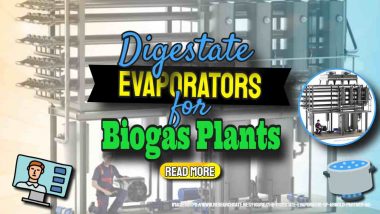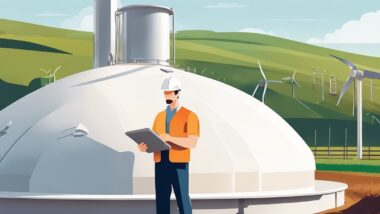If you need to know how to reduce methane emissions from cattle, this can be your comprehensive guide. So, read on:
Livestock, particularly cattle, are a significant source of methane emissions, a potent greenhouse gas contributing to climate change.
While that “fist-sized pill” solution you might have heard about in the past may seem like something out of science fiction, there are a multitude of effective strategies we can employ to curb methane emissions from cattle.
This article delves deeply into the science behind enteric fermentation (the process by which cattle produce methane in their rumen) and explores a range of practical solutions to mitigate these emissions.
Key Takeaways
- Enteric fermentation in the rumen of cattle is the primary source of their methane emissions.
- Various dietary modifications, feed additives, and management practices can significantly reduce methane production in cattle.
- There are also indirect methane emissions from the manure from livestock if it is allowed to build up in slurry lagoons. Biogas technology offers a promising farm waste management solution by capturing methane from manure and converting it into usable energy.
- Implementing these strategies not only benefits the environment but can also enhance animal health and farm productivity.
LSI Keywords: enteric fermentation, rumen microbiome, methanogens, dietary manipulation, feed additives, seaweed, probiotics, tannins, essential oils, biodigesters, anaerobic digestion, manure management, sustainable agriculture, climate change mitigation.
Understanding Enteric Fermentation: The Methane Factory Inside a Cow
Cattle, sheep, and goats are ruminant animals. Their unique digestive system allows them to break down tough plant matter through a process called enteric fermentation. Microbes within a specialized stomach compartment called the rumen ferment carbohydrates, producing volatile fatty acids (VFAs) – the primary energy source for these animals. Unfortunately, this fermentation process also produces methane as a byproduct.
These methane-producing microbes, called methanogens, thrive in the rumen's warm, anaerobic (oxygen-free) environment. The amount of methane produced depends on several factors, including the type of diet, rumen microbiome composition, and overall animal health.
It is often said that due to the methane emissions from cattle, we should all eat less meat or go vegetarian and eat none at all. We would suggest that this will not be necessary if it becomes routine that farmers adopt the recommendations below:
Strategies to Mitigate Methane Emissions from Cattle: A Multi-Pronged Approach
The good news is that there are several effective strategies to reduce methane production in cattle. Here's a breakdown of some of the most promising approaches:
1. Dietary Modifications:
- Focus on Forage Quality: High-quality forages like legumes and grasses rich in readily digestible carbohydrates can enhance rumen efficiency and reduce methane production.
- Optimize Feed Ration: Balancing the diet with proper ratios of carbohydrates, protein, and fats can create a rumen environment less favourable for methanogens.
- Grazing Management: Implementing rotational grazing practices and ensuring access to fresh, high-quality forage can promote optimal rumen health and reduce methane emissions.
2. Feed Additives:
 Seaweed: Research suggests that specific types of seaweed added to cattle feed can inhibit methanogens and decrease methane production.
Seaweed: Research suggests that specific types of seaweed added to cattle feed can inhibit methanogens and decrease methane production.- Probiotics: Introducing beneficial bacteria strains into the rumen microbiome can potentially compete with methanogens for resources, thereby lowering methane output.
- Tannins and Essential Oils: Certain plant compounds like tannins and essential oils have been shown to possess methane-mitigating properties.
3. Biogas Technology:
Biogas digesters offer a revolutionary approach to capturing methane emissions from cattle manure. These enclosed systems harness the natural process of anaerobic digestion, where microbes break down organic matter, including manure, and produce biogas – a mixture of methane and carbon dioxide. By capturing this methane, we can prevent it from escaping directly into the atmosphere and utilize it for various purposes like generating electricity or clean cooking fuel.
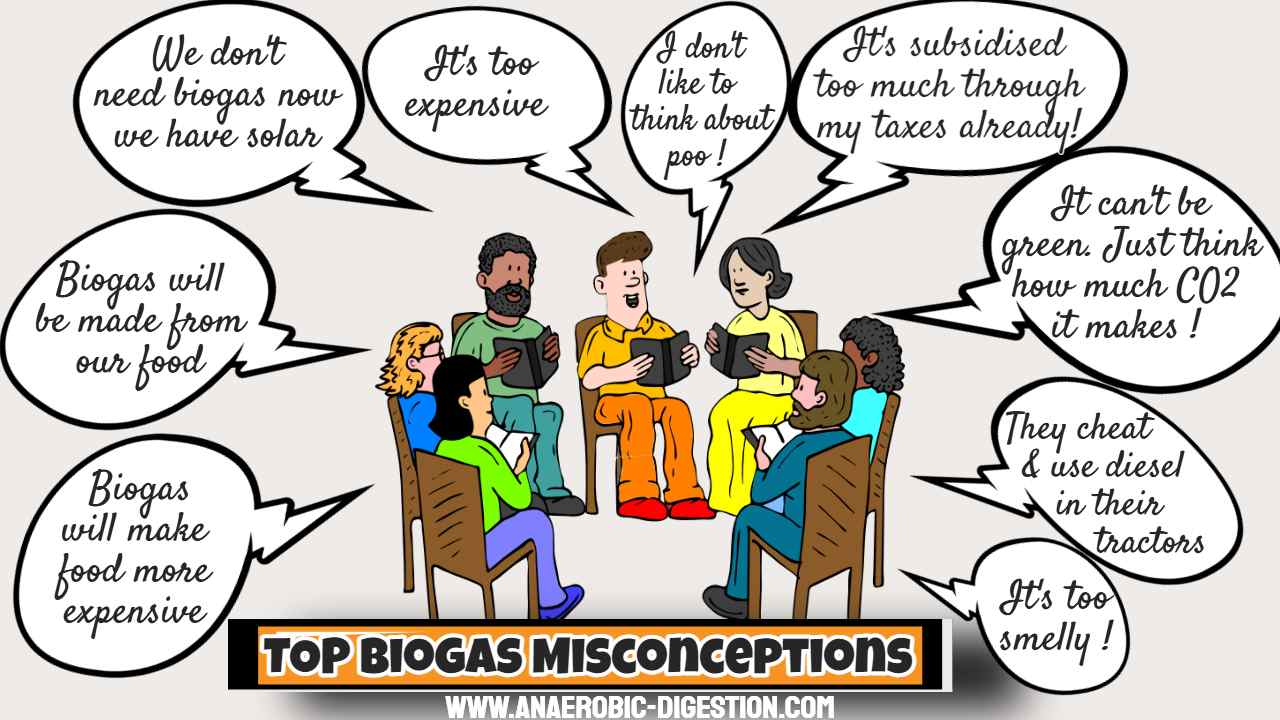
How to Reduce Methane Emissions from Cattle – Considerations and Future Directions
While these strategies offer significant potential, it's important to consider factors like cost-effectiveness, scalability, and potential impacts on animal health and performance. Finding the optimal combination of these approaches will depend on specific farm conditions and feeding practices.
Furthermore, ongoing research is exploring innovative solutions like genetic selection for low-methane-emitting cattle and the development of more potent feed additives.
Conclusion: Working Towards a Sustainable Future for Cattle Production
Addressing methane emissions from cattle is crucial for achieving global climate change mitigation goals. By implementing a combination of dietary modifications, feed additives, and innovative technologies like biogas digesters, we can create a more sustainable future for cattle production. This not only benefits the environment but also contributes to animal health, farm productivity, and the overall well-being of our planet.

FAQs about Reducing Methane Emissions from Cattle
Here are some frequently asked questions regarding methane emissions from cattle, formatted according to the international schema standard for FAQs:
1. What percentage of global methane emissions come from cattle?
Estimates suggest that enteric fermentation in ruminants contributes to 24% to 27% of global methane emissions [1].
2. Are there any negative impacts of using feed additives to reduce methane emissions?
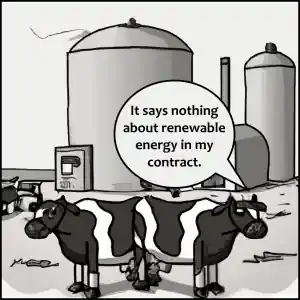 While most feed additives show promise, it's crucial to ensure they don't negatively impact animal health, performance, or product quality. Here are some potential considerations:
While most feed additives show promise, it's crucial to ensure they don't negatively impact animal health, performance, or product quality. Here are some potential considerations:
- Palatability: Some feed additives might affect the taste or smell of feed, leading to reduced feed intake by cattle.
- Nutrient Availability: Certain additives could potentially interfere with the absorption of essential nutrients by the animal.
- Long-Term Effects: The long-term effects of some additives on rumen health and overall animal well-being require further research.
- Antibiotic Resistance Concerns: Some feed additives containing antibiotics raise concerns about the development of antibiotic resistance in cattle. Alternatives with no antibiotic properties are being explored.
It's important to choose feed additives that have undergone rigorous testing and are approved by regulatory bodies to ensure their safety and effectiveness.
3. How much can methane emissions be reduced from cattle using these strategies?
The effectiveness of various strategies can vary depending on factors like diet, breed, and rumen health. However, studies suggest that a combination of dietary modifications, feed additives, and improved manure management can potentially reduce methane emissions from cattle by 20% to 50% [2].
4. Is there a cost associated with implementing these methane reduction strategies?
There can be initial costs associated with certain approaches, such as investing in biogas digesters or incorporating specific feed additives. However, long-term economic benefits can be achieved through improved feed efficiency, increased biogas production (generating energy or fertilizer), and potential government incentives for sustainable practices.
5. What are some of the challenges associated with reducing methane emissions from cattle?
- Scalability: Implementing some strategies like advanced feed additives may require wider availability and cost reduction for large-scale adoption.
- Monitoring and Measurement: Accurately measuring methane emissions from individual animals or herds can be complex and expensive.
- Consumer Acceptance: Consumers may have concerns regarding the use of certain feed additives in cattle production. Open communication and transparency are key in addressing these concerns.
6. What is the role of consumers in reducing methane emissions from cattle?
Consumers can play a significant role by:
- Supporting sustainable farms: Look for products labelled as coming from farms implementing methane reduction practices.
- Reducing overall meat consumption: While not everyone needs to become vegetarian, even a slight decrease in meat consumption can contribute to a lower overall methane footprint.
- Educating themselves: Staying informed about the latest advancements and challenges in sustainable cattle production empowers consumers to make informed choices.
By working together – researchers, farmers, consumers, and policymakers – we can create a future where cattle production coexists with a healthy planet.
You may also find our article on the subject of how to reduce methane emissions in agriculture interesting, here.
References:
[2] – Gerber, P. J., Hedenius, S., Makkar, H. P. S., & Maclellan, S. (2013). Mitigation options for methane emissions from ruminant livestock – A review. Livestock Science, 158(1-4), 167-177. https://www.sciencedirect.com/science/article/pii/S1751731109990620


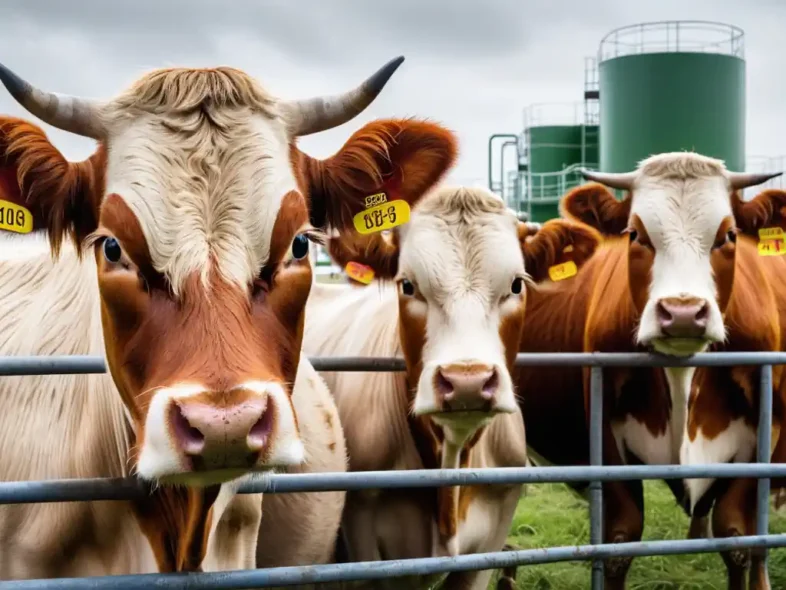
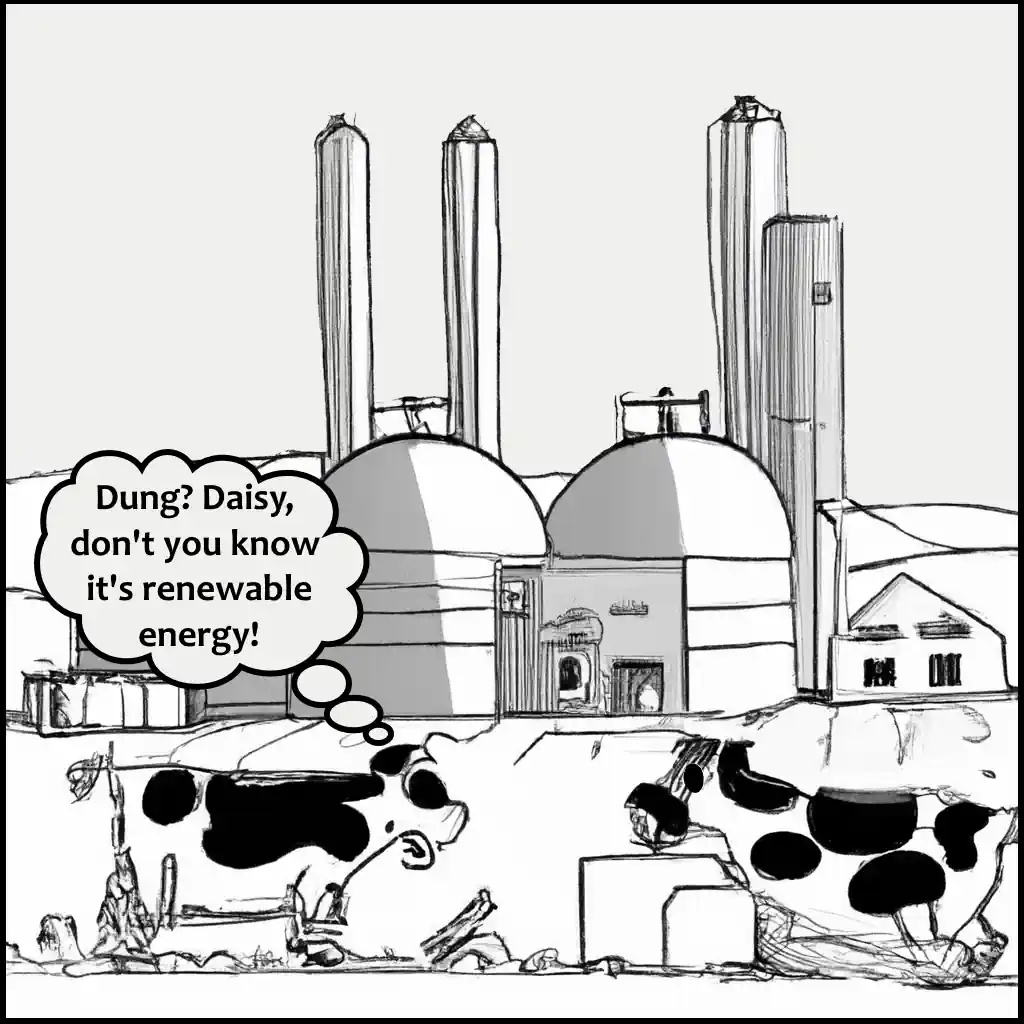 Seaweed: Research suggests that specific types of seaweed added to cattle feed can inhibit methanogens and decrease methane production.
Seaweed: Research suggests that specific types of seaweed added to cattle feed can inhibit methanogens and decrease methane production.